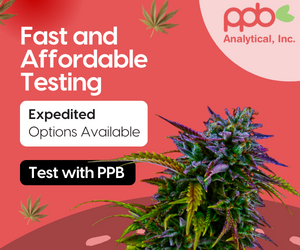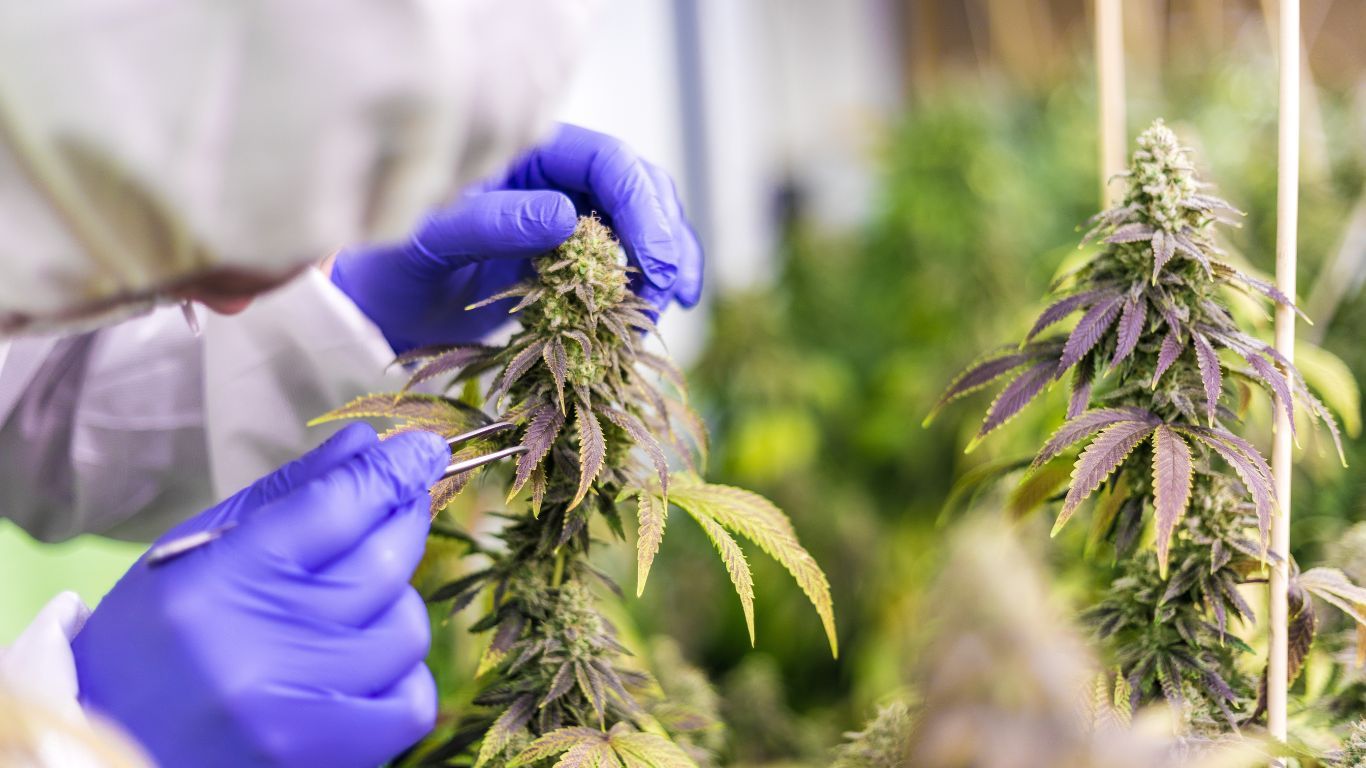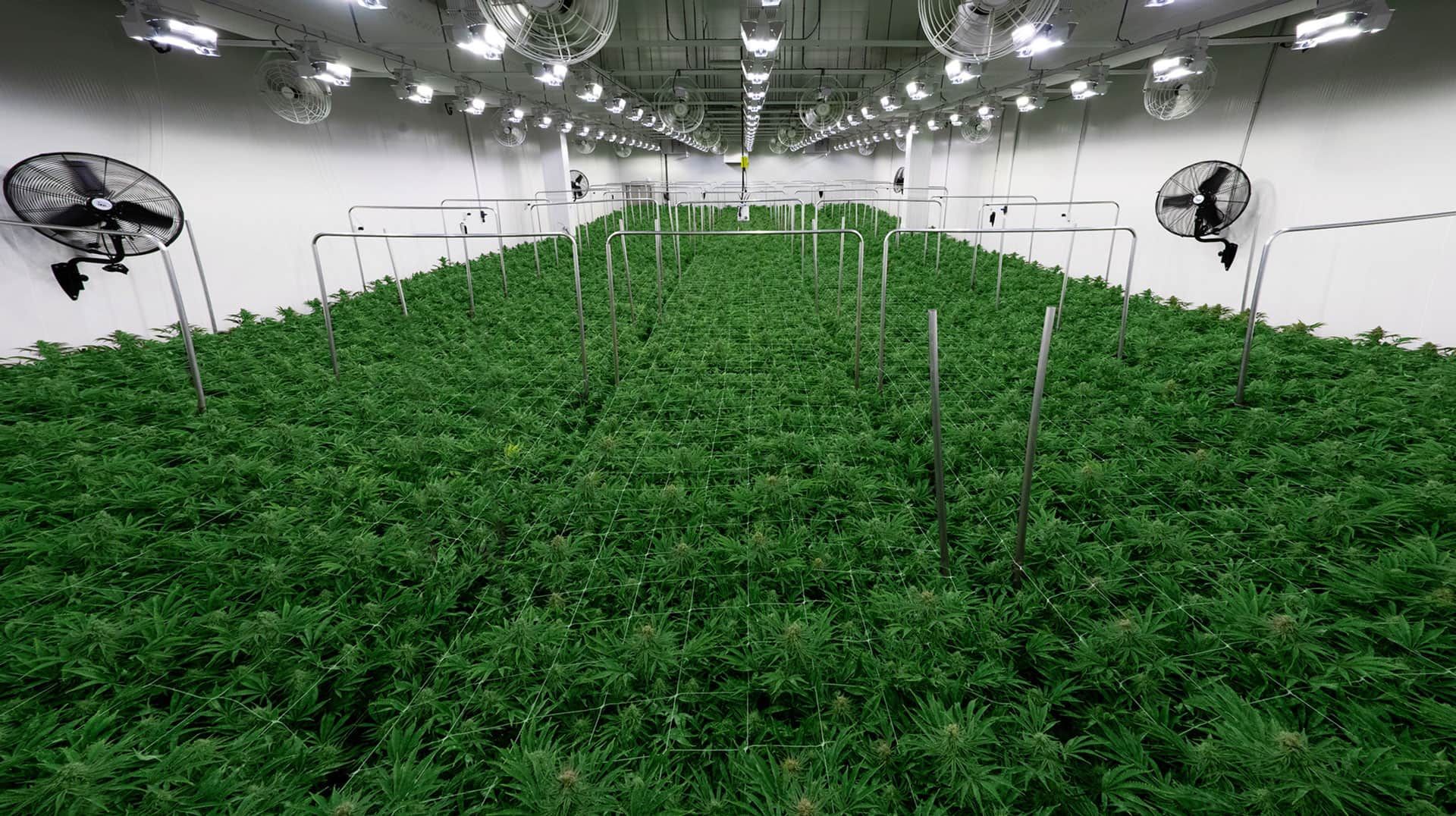
The THC obsession leads to a market without many of your most beloved cultivars.
By his own admission, Jonathan Wilson is a vintage kind of guy. “I love retro, older music. Everything I listen to music-wise is 70s, 80s, 90s grunge,” he says. “It pays tribute to those who paved the way.”
This goes for the cannabis he grows at his New Brunswick micro-cultivator Crystal Cure, too. When the company launched in December 2020, it launched with two strains—Wedding Cake and Apple Chem. The Wedding Cake tested at 20.2 percent THC, while the Apple Chem tested at 17.8 percent. “They put us on the map,” he says. “It showed people how we approach what we grow in this legacy style.” Both, he says, were able to fetch a premium price from buyers.
But those days are gone, Wilson says. Today, a 17.8 percent strain, no matter how good it is, will struggle to find a buyer. A 20.2 percent strain might get on store shelves, but would likely struggle to sell, and “chances are, you won’t get the price you want for it,” he says.
As THC levels have been pushed higher since legalization, consumers have kept pace. Ask just about any retailer and they’ll tell you that one of the most common questions customers have is what product has the highest THC.
But that may be steering them away from a lot of great, classic cultivars. “Legacy genetics’—classic cultivars like Purple Kush, Cindy 99, Lemon Haze—are effectively being crowded out of the market, they say, as provincial distributors are reluctant to list lower-THC products.
Josh, the owner of F1NE Cannabis in Niagara (Josh prefers to not use his last name), says he has several classic cultivars that “will never see the light of day,” thanks to a preference at the provincial distributor level for higher-THC products.
“We’ve had so many great genetics that we’ve just discontinued, or not even brought into production, for that reason. I think the threshold is 25 percent now. The bar keeps getting higher and higher, really.”
Marc Qvist, Life cycle Botanics
One cultivar, Tangbreath, won several awards; still, the OCS refused to list it, he says, because its THC numbers weren’t high enough. “She comes in at a whopping 15 to 18 percent THC, but hits like 25 percent.”
For consumers, this means that some of cannabis’ most classic strains are either being offered in new, high-THC forms—or not at all.
“With a lot of the classics, it dials back that THC,” Wilson says. “You get to see more of what that THC is about. It strips off a lot of that other stuff, and allows the plant to shine through.”
Officially, wholesale buyers like the OCS say there is no such threshold. “In the last two product calls and needs bulletins, the OCS has not called for or required submitted products to be high in THC, but in contrast has called for products with more CBD and Balance offerings,” an OCS spokesperson says. “Our assortment decisions reflect demand from our customers and the marketplace, and we do see consumers continue to prefer higher THC products.”
“When I have a cultivar that has very unique cannabinoids, they get pushed aside because the market isn’t educated enough. It’s bigger than THC.”
Brian Bain, Mother Labs
Whether official or not, the reluctance of buyers to take on mid-range THC products—anything from 15 to 20 percent THC—is a much discussed factor in today’s cannabis market.
Few, if any, wholesale buyers will admit to it, but growers report that there is, effectively, a threshold of around 20 percent THC. I asked Wilson, is this rumoured threshold really enforced? “It is, of course it is. Of course it is.” Any lower, and you’ll struggle to get listed. That, in turn, influences the kinds of decisions growers are making.
It prevents “any of the original classics that might have been around that I might have thought about bringing in for nostalgia purposes—like any of the original Northern Lights crosses,” Josh of F1NE Cannabis says. “I know people would definitely remember the flavours, but again—those all got the kibosh as well. Those are the kinds of things we were hoping to bring in to really reflect the legacy greats—and it’s not worth it for us to get that stuff.”
This is most pronounced for micro growers, who can’t afford to ship a product that won’t sell. “There’s no room for micros in the mid zone, or very little,” says North 40’s Gord Nichol. “If we can’t grow the top products, then we’re done.”
It also leaves nurseries in a tight spot, unable to sell some of their more boutique genetics because the market demands THC-heavy cultivars.
“We do have a lot of really high-quality flower that doesn’t get selected for that reason,” says Brian Bain, owner of Mother Labs, a Saskatchewan-based nursery. “Often if it’s really special, we’ll put it away and preserve it for future breeding products or wait for the market to adjust.” Bain says Mother Labs has around 45 cultivars in and around 20 percent that he can’t find buyers for.
“When I have a cultivar that has very unique cannabinoids, they get pushed aside because the market isn’t educated enough. It’s bigger than THC,” Bain says.
Mark Qvist, the co-owner of Life Cycle Botanics, a cannabis nursery in BC, says that, from what he’s heard from producers, the new threshold is closer to 25 percent THC.
“It’s always a struggle in our position with supplying genetics to producers and really not being able to give them a lot of great genetics that don’t hit that 20, 25 percent THC level,” Qvist says. “We’ve had so many great genetics that we’ve just discontinued, or not even brought into production, for that reason. I think the threshold is 25 percent now. The bar keeps getting higher and higher, really.”
This drive towards high THC might be driven at least in part by consumer demands, but it’s also limiting consumer options, he argues.
“This THC-driven market is creating a lesser quality product. A nice product should be in the 12 percent moisture content range. A lot of it now is coming in around nine (percent), because producers are forced to take it to the dryer side, which makes it a lower quality product. It burns faster, it can be harsher on the throat. So really, what this THC-driven market is creating is a lesser quality product to be available on the market.”
“It really comes down to how you educate the budtenders to get them on your side, so you have more play with the province,” Josh says. “When we explain it to budtenders, they say they are willing to carry it in their store if OCS will carry it.”
Josh, F1NE Cannabis
What’s a grower to do? For now, it leaves them in a tough spot, forced to keep up with the high THC Joneses.
“You can stand on your principles and you can say, ‘okay, we’re only going to produce things that are 18 to 20. You will not survive. You will not survive in this market right now. It’s just impossible,” says Wilson. “It’s not what people are recommending. They have this idea in their head that potency is everything, and you’re not going to get top dollar for it, and you won’t make enough money to cover your expenses.”
The only thing growers can do, both Wilson and Josh agree, is to try to educate serious budtenders.
“It really comes down to how you educate the budtenders to get them on your side, so you have more play with the province,” Josh says. “When we explain it to budtenders, they say they are willing to carry it in their store if OCS will carry it.”
Wilson says that on a recent trip to Ottawa, he talked to some independent retailers who seemed more on his wavelength than provincial buyers.
Granting producers more retail capability might help, too, they say. At F1NE’s sensory testing lounge, they are able to showcase lesser-known, lower-potency cultivars.
“What we’ve been telling people is there is a huge difference between a 20-plus percent strain that’s grown so poorly, it only hits like a 15, versus something that was only ever meant to hit like a 15 or 20, and is grown to perfection,” Josh says.
“There’s no room for micros in the mid zone, or very little. If we can’t grow the top products, then we’re done.”
Gord Nichol, North 40 Cannabis
And at Crystal Cure’s farmgate store in Shediac, they are able to point their regulars to higher-quality, lower-THC products.
But there seems to be little evidence that the THC obsession is waning. More producers are pushing THC levels higher and higher—however legit you think those numbers are—and consumers aren’t pushing back. Mids are just not hot right now, despite the best efforts of many in the industry.
“We’re going to be showcasing lower potency cultivars to our clients,” says Bain. “Bringing them by the farm to showcase these products and [trying] to bring awareness to cultivars that are on the lower side (of THC). But at the end of the day, it [needs] an industry-wide education campaign. It won’t change overnight.”
Many producers express hope that once the fever breaks in regards to high THC, consumers and the THC numbers will come back down to earth, and that consumers will likely benefit from a flood of previously held-back cultivars.
“We’re going to be showcasing lower potency cultivars to our clients. Bringing them by the farm to showcase these products and [trying] to bring awareness to cultivars that are on the lower side (of THC). But at the end of the day, it [needs] an industry-wide education campaign. It won’t change overnight.”
Brian Bain, Mother Labs
Bain mentions an Orange Daiquiri cultivar he has, with 3.5 percent terpenes, that he can’t bring to market yet, because it sits between 17 and 20 percent THC. “We have a cultivar that has an amazing marketable name, and amazing marketable lineage, marketable terpene profiles. It has that taste and experience consumers want,” he says. “It’s just missing that one characteristic of that higher THC.”
But the inflection point hasn’t hit yet, and provincial buyers still see higher demand for high-THC products. Many wonder how much longer it can possibly go on for.
“It’s not going away,” Wilson says. “But I want to see where the ceiling is—and I do think the purchasers have to really start looking at it.”











